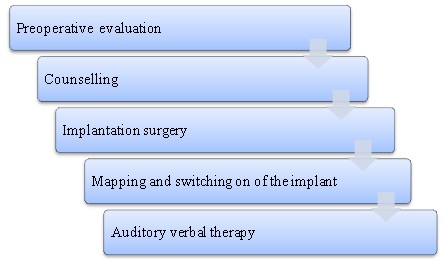- Home
- About
- Services
- Audiology & Hearing Evaluation
- Coblation Surgery
- Cochlear Implant
- Head & Neck Tumor
- Laser Surgeries In ENT
- Micro Ear Surgery
- Mucormycosis
- Navigation-Assisted ENT Surgery
- Obstructive Sleep Apnea
- Rhinoplasty
- SHAMS Clinic
- Skull Base Surgery
- Thyroid Surgery
- Tinnitus
- Tonsil Adenoids
- Vertigo Treatment
- Voice Clinic
- Gallery
- Video Gallery
- Press
- Contact Us
- Home
- About
- Services
- Audiology & Hearing Evaluation
- Coblation Surgery
- Cochlear Implant
- Head & Neck Tumor
- Laser Surgeries In ENT
- Micro Ear Surgery
- Mucormycosis
- Navigation-Assisted ENT Surgery
- Obstructive Sleep Apnea
- Rhinoplasty
- SHAMS Clinic
- Skull Base Surgery
- Thyroid Surgery
- Tinnitus
- Tonsil Adenoids
- Vertigo Treatment
- Voice Clinic
- Gallery
- Video Gallery
- Press
- Contact Us
- Home
- About
- Services
- Audiology & Hearing Evaluation
- Coblation Surgery
- Cochlear Implant
- Head & Neck Tumor
- Laser Surgeries In ENT
- Micro Ear Surgery
- Mucormycosis
- Navigation-Assisted ENT Surgery
- Obstructive Sleep Apnea
- Rhinoplasty
- SHAMS Clinic
- Skull Base Surgery
- Thyroid Surgery
- Tinnitus
- Tonsil Adenoids
- Vertigo Treatment
- Voice Clinic
- Gallery
- Video Gallery
- Press
- Contact Us
Introduction
Speech and Hearing is the most effective method of communication, it is a unique boon to a human being. Unfortunately, some are born deaf called ‘Prelingual Deaf’. Those born with normal hearing but who have lost hearing after acquiring speech are called as “Postlingual deaf”. Deafness identified early helps addressing the challenges in the rehabilitation of a Deaf child successfully. A cochlear implant is an established, effective, long-term hearing solution for people with moderate to profound hearing loss. Unlike traditional hearing aids that amplify, or make sounds louder, a cochlear implant system can be a more effective hearing solution for certain people. A cochlear implant is capable of directly stimulating the cochlea hearing nerve, bypassing the damaged area of the hearing pathway. When it comes to effectively managing hearing loss, among other factors, the brand of ear implants has been shown to make a significant difference in the speech performance outcomes of post-linguistically deafened adults.
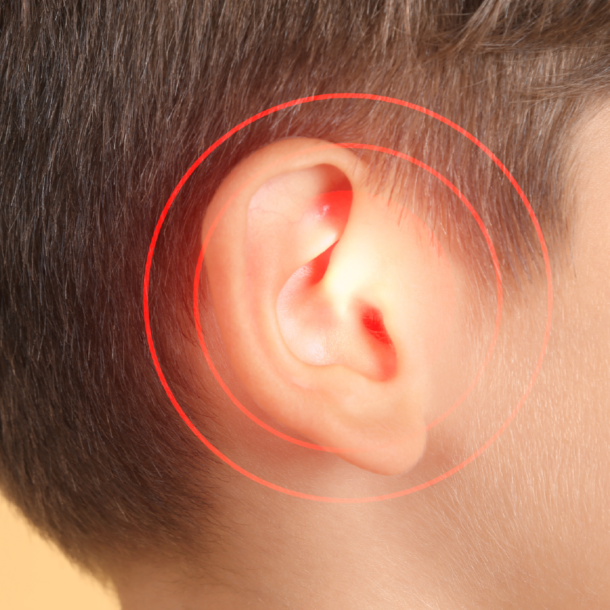
Why Such Aggressive Steps Towards Cochlear Implant Required: (Use It Now Or Lose It Permanently)
For over 30 years Cochlear Implant has been at the forefront of developing technologically advanced solutions that offer superior hearing performance. In its endeavour to create cutting-edge hearing solutions, Cochlear Implant has helped bring the gift of sound to more than a quarter of a MILLION people across the world. About one in 1000 babies born in India is profoundly deaf. So, given the nearly 50,000 births in the country per day, the number of fully deaf children would be incredibly high. The aim of the Cochlear Implant in India is to bring the child into the mainstream so that he can do all those activities that other children do. Implants have to be inserted at an early age. Early implantation, before the age of five, aids extensively in speech development and language. “A child hears sounds from day one, and hearing centres in the brain are activated and stimulated. If the child does not hear a sound his brain centres will not develop. At a later age, if implants are put, the child’s understanding of various sounds and their associations will not be good. Thereby emphasis is given to early detection in a newborn child and early detection, cochlear implantation and rehabilitation are of paramount importance so that hearing is not lost permanently.
The cost of implant being the biggest constraint we are unable to do implant in the huge no. of deaf and mute children. As a social obligation, we have decided to help these children by raising funds for them in our public Charitable trust, HCP ENT Charitable Trust. So please donate generously which shall be a highly appreciable contribution to this noble cause.
Kohinoor Hospital Department of ENT headed by Dr Sanjay Helale aims at providing the highest level of diagnostic and surgical services in Cochlear Implants in India.
Centre Performed Its 1st Surgery On 26.04.2014.
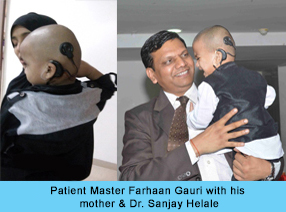
13 months old, Master Farhaan Gauri whose hearing and speech was severely impaired since birth but detected at the age of 6 months. Candidacy Evaluation was done by Dr. Aparna N. Nandurkar Mumbai Specialist in Audiology / Speech Therapy at Ali Yavar Jung National Institute for the Hearing Handicapped (AYJNIHH). Doctors successfully managed to implant the child’s left cochlea and the post operative audio verbal therapy and rehabilitation was done at AYJNIHH institute. This was made possible because of a team of ENT Doctors performed this delicate task under the mentorship of Padma Shri – Dr. Milind Vasant Kirtane who has performed maximum no. of Cochlear Implants in India, highest no. in the country at the moment.
What is a Cochlear Implant?
A cochlear implant is an electronic medical device developed for people with severe to profound perceptive hearing loss who have limited benefits from appropriately fitted hearing aids.
How long have cochlear implants been available?
The U.S. Food and Drug Administration (FDA) first approved cochlear implant devices for adults in 1985 and for children in 1990. More than 40,000 individuals have received cochlear implants worldwide, approximately half children and half adults.
Parts Of Implant
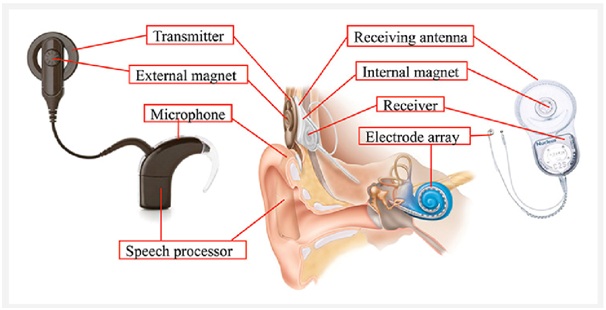
How It Work?
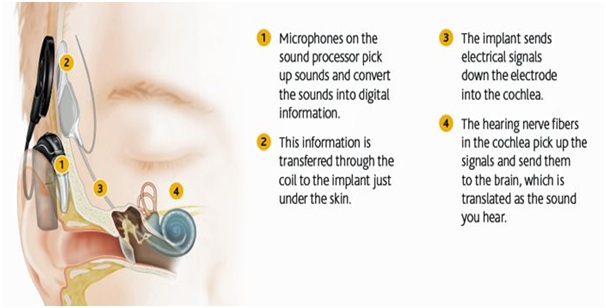
Cochlear Implantation Process
Preoperative Evaluation
- Ear (otologic) evaluation
- Hearing (audiological) evaluation
- Imaging: An MRI & CT scan
- Physical examination
- Psychological evaluation
Implantation
Surgery under general anaesthesia is required to implant the internal components. The receiver / stimulator assembly is placed inside the temporal bone and the electrodes are inserted into the cochlea, which in turn directly stimulates the hearing nerve. The implantation procedure usually takes about one to two hours.
Mapping and switch on
Surgery under general anaesthesia is required to implant the internal components. The receiver / stimulator assembly is placed inside the temporal bone and the electrodes are inserted into the cochlea, which in turn directly stimulates the hearing nerve. The implantation procedure usually takes about one to two hours.
After three to four weeks the incision should be healed. At this point, the programming of the speech processor will becarried out and the external parts of the implant will be hooked up. The implantee will begin to hear then.
Auditory Verbal Therapy
Children who are not exposed to the hearing world must undergo extensive rehabilitation to improve their speech, language and hearing skills. Generally takes 2 years.
Contraindications
- Hearing Loss of Neural or Central Origin
- Absence of Cochlea
- Absence of VIII th Nerve Development
- Active Middle Ear Infections
- Psychological contraindications

